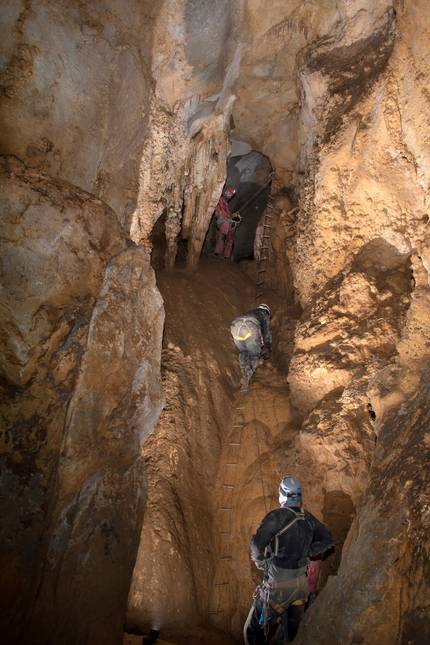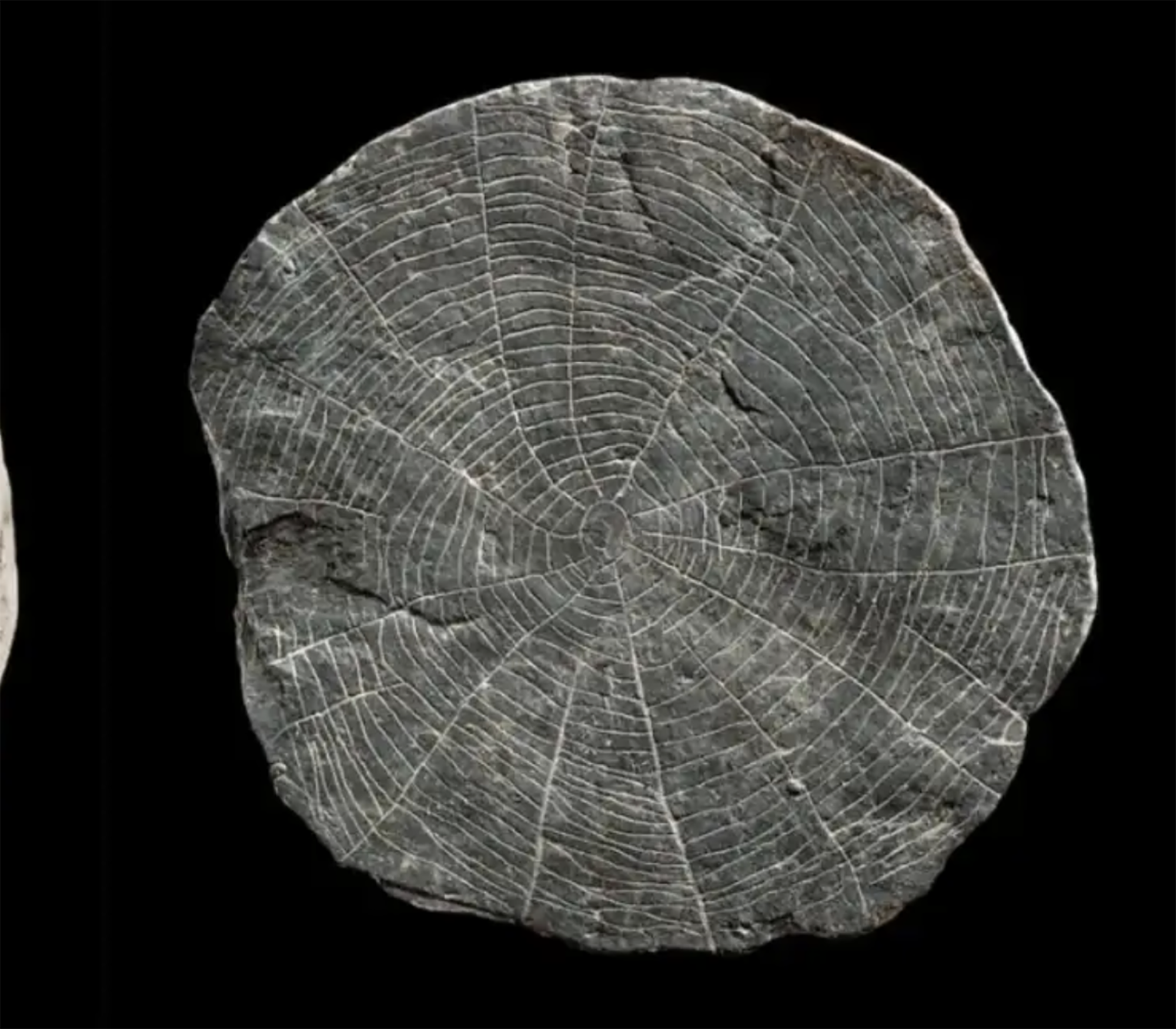The cave art of the Paleolithic confirms its multiple functions in the caves of the Basque Country
- The study of the cave art of the Madeleine period (18500 to 13,500 thousand years ago) in the caves of Euskal Herria through the combination of computational methods has allowed the differentiation of images according to their spatial and iconographic characteristics, concluding that they can be divided into four groups. The results have been published in the scientific journal Archaeological and Anthropological Sciences and the first author is Iñaki Intxaurbe Alberdi.

In fact, he is pursuing his doctoral thesis at the UPV/EHU Intxaurbe under the direction of Diego Garate Maidagan (UNICAN) and Martin Arriolabengoa Zubizarreta (UPV/EHU). Intxaurb has recognized that the result has been surprised because he did not think they found a model for image classification.
To do so, they have combined computational methods such as 3D technology, geographic information systems and multivariate statistics. They have shown that they are divided into four groups.
Regarding image function, Intxaurbe explains that two groups seem antagonistic. Sometimes the staging was taken care of, that is, they were made to be seen. In others, however, the opposite was sought: they are built in hidden places that are difficult to access, and are not easily visible.
In this sense, researchers suggest that they had different functions. The former may have a xamonic function. They are made by adults (at the top) and were probably related to the reports, as they are found in spaces that could accommodate medium or large groups. Seconds seem to respond to other reasons, like rites of passage. It is common to find them in areas closer to the earth, even when there were other alternatives. Along with them, there have been signs of children or teenagers (naked footprints, finger-striped size, etc.) They can be the authors.
Another group of figures from the Magdalenian era consists of elements engraved in clay and sculptures made. According to Intxaurbe, they are only found in the deepest and hidden areas of the caves, and although one might think that the most accessible areas have perhaps been lost, and that is why all those found are in difficult places, it does not seem to be the cause: “Indeed, after that prehistoric period, for geological reasons, they were also closed in other caves (such as Erberua, La Garma, Fontanet...), they have only been found in hidden places. Therefore, it seems that it was a cultural decision."
Finally, there's a group of abstract signs. “In them we have not seen a special position, they appear randomly anywhere in the decorated cave. They have been interpreted as signs of identity of the group, so no matter how they did it at the entrance or at the depth, because they will always have the same meaning,” Intxaurbe explained. He also comments that in the future they intend to include more such figures, such as those found in the caves of Arminxe, El Pindal or Cullalvera, to establish valid statistical inferences.
All the images analyzed (about 500) come from the caves of Euskal Herria, and during the study new images have also been found, such as in Santimamiñe and Ekain. The results have also been compared with the images of the caves of the Pyrenees, Dordogne and Cantábrico, and Intxaurbe has advanced that in the future they will have more results.
Atapuercako aztarnategian hominido zahar baten aurpegi-hezur zatiak aurkitu dituzte. Homo affinis erectus bezala sailkatu dute giza-espezieen artean, eta gure arbasoek Afrikatik kanpora egindako lehen migrazioei buruzko teoriak irauli ditzake, adituen arabera.
In the Maszycka cave in Poland, remains of 18,000 years ago were found at the end of the 19th century. But recently, human bones have been studied using new technologies and found clear signs of cannibalism.
This is not the first time that a study has reached this conclusion,... [+]
Archaeologists have discovered more than 600 engraved stones at the Vasagård site in Denmark. According to the results of the data, dating back to 4,900 years ago, it is also known that a violent eruption of a volcano occurred in Alaska at that time. The effects of this... [+]
Ethiopia, 24 November 1974. Lucy's skeleton was found in Hadar, one of the oldest traces of human ancestors. The Australian hominid of Australopithecus afarensis is between 3.2 and 3.5 million years old.
So they considered it the ancestor of species, the mother of all of us. In... [+]
A group of archaeologists from the University of Berkeley, California, USA. That is, men didn't launch the lances to hunt mammoths and other great mammals. That was the most widespread hypothesis so far, the technique we've seen in movies, video games ...
But the study, published... [+]
Geissenkloesterle (Germany), 42,000 years ago. Those living in the cave of the Danube basin made a flute with bird bones and mammoth ivory. At the same time, the inhabitants of the cave of Divje Babe in Slovenia also made a flute with the femur of a bear. These are the oldest... [+]
In the south of the Indonesian island of Sulawesi, in the cave of Leang Karampuang, archaeologists from the Griffith and Southern Cross universities and the Indonesian National Agency have discovered a painting of three anthropomorphic figures and a boar. According to the study... [+]
Two years ago, the Catalan archaeologist Edgard Camarós, two human skulls and Cancer? He found a motif card inside a cardboard box at Cambridge University. Skulls were coming from Giga, from Egypt, and he recently published in the journal Frontiers in Medicine, his team has... [+]
Since they discovered the corpse of Ötzi in the Alps in 1991, the 5,000 years preserved in very good condition have been used for numerous investigations. From the beginning, the 61 tattoos he had on his skin were the ones that cared for him. Experts believed these tattoos were... [+]
Between 1992 and 2006, in the waters of Lake Bracciano of Rome, the site of La Marmotta del Neolitico was excavated early. They recently published in Plos One magazine a study on the five piraguas found there. It is estimated that the boats are between 7,000-7,500 years... [+]
In the Gulf of Mecklenburg, in Baltic waters, archaeologists identified in 2021 a stone structure of almost a kilometre. Now a team of interdisciplinary researchers has published a study on the wall in the journal PNAS.
The structure is about 10,000 years old and has come to... [+]
This weekend I visited a cave with prehistoric paintings. Paints made with iron oxide and manganese about 30,000 years ago. These visits seem interesting to me to relocate our place as human beings in the world, they are an opportunity to rethink the “development” of recent... [+]
























